
Curtis (Edward S.) Collection, Available Online Library of Congress
Edward S. Curtis (1868-1952) left an enduring mark on the history of photography in his 20-volume life's work, The North American Indian. Between 1900 and 1930, Curtis traveled across the continent photographing more than seventy Native American tribes. The photographs presented daily activities, customs, and religions of a people he called.
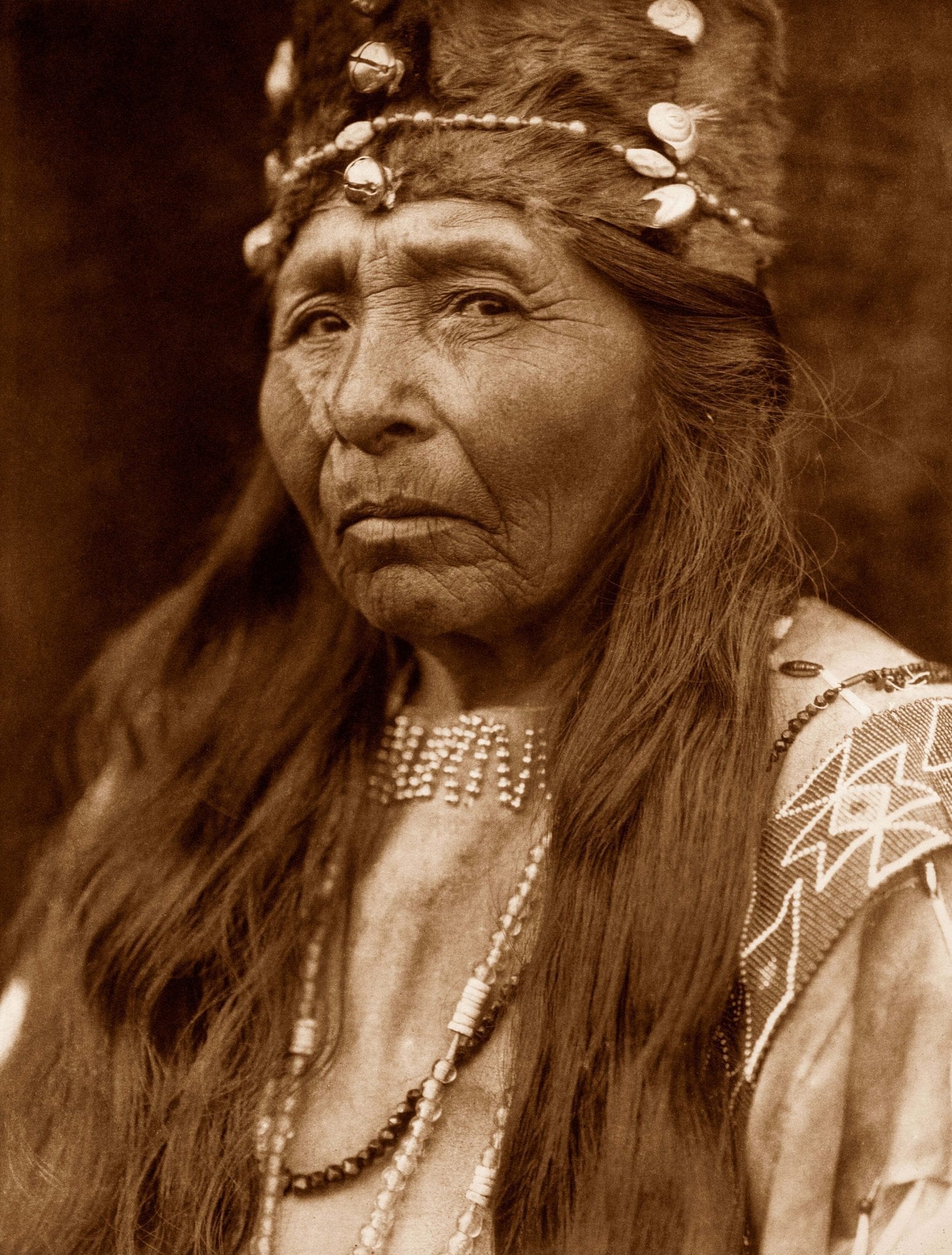
Bend Magazine Events
Edward Sheriff Curtis (February 16, 1868 - October 19, 1952) was a photographer of the American West and of Native American peoples. He was born at the time when the native peoples were in transition from a lifestyle where they were free to roam over whichever part of the continent they chose to a questionable future as the land was taken over by white settlers.

Edward S. Curtis The First Americans
Although unknown for many years, Edward S. Curtis is today one of the most well-recognized and celebrated photographers of Native people. Born near White Water, Wisconsin, on February 16, 1868, he became interested in the emerging art of photography when he was quite young, building his first camera when he was still an adolescent.
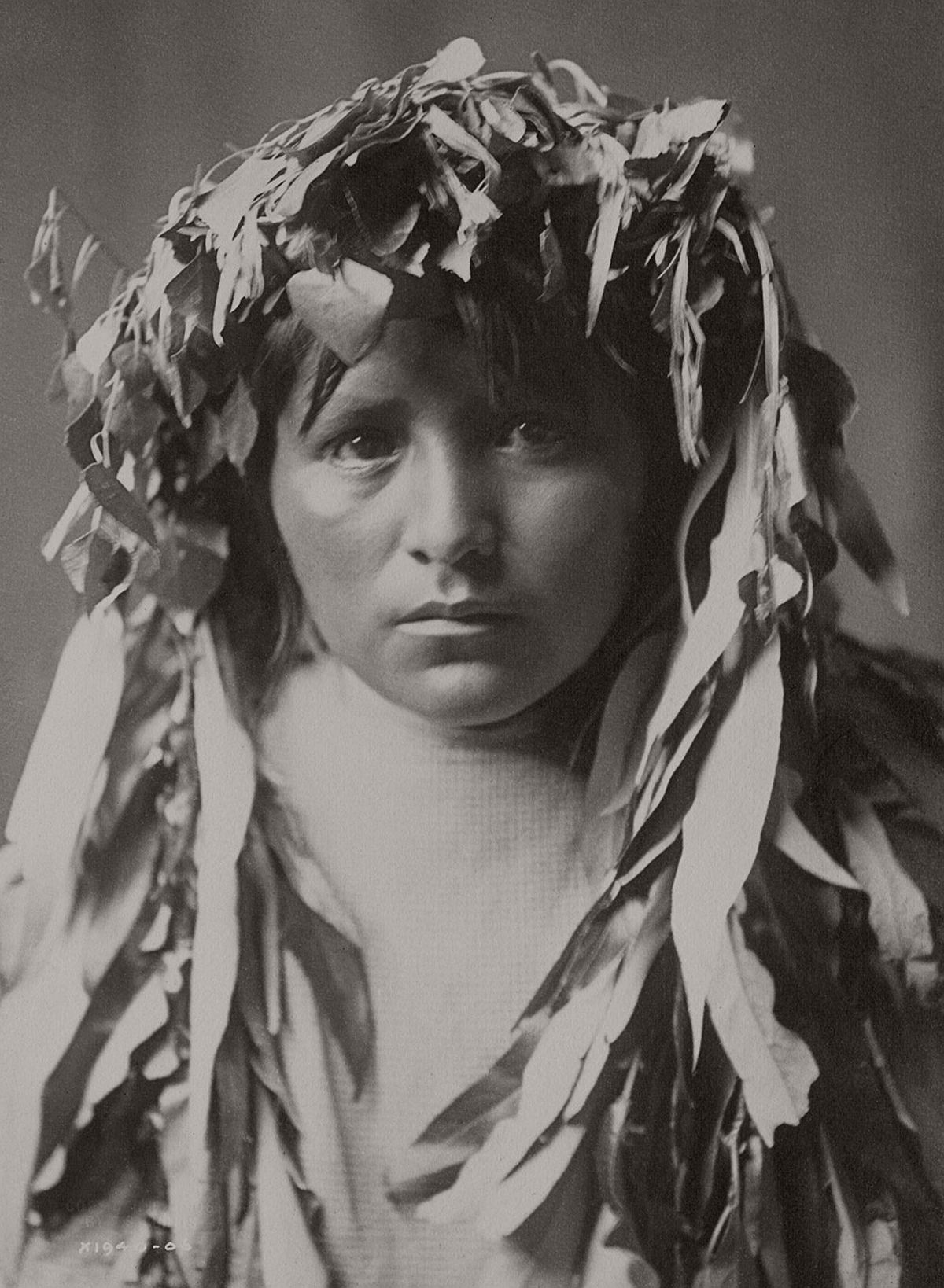
Biography American West photographer Edward S. Curtis MONOVISIONS Black & White Photography
The Curtis collection consists of more than 2,400 silver-gelatin, first generation photographic prints--some of which are sepia-toned--made from Curtis's original glass negatives.

History in Photos Edward S. Curtis Indians of the Northwest
Edward Sherriff Curtis (February 19, 1868 - October 19, 1952) was an American photographer and ethnologist whose work focused on the American West and on Native American people.
Got to hold original prints from Edward S. Curtis of Chief Hector from 1926 in class yesterday
Join descendants of Edward S. Curtis and people he photographed as they re-trace Curtis' footsteps in the Seattle area during the 150th anniversary of his bi.
.jpg?mode=max)
EDWARD S. CURTIS (18681952)
The Peterson Family Collection Light and Legacy: The Art and Techniques of Edward S. Curtis In the late 1890s, Edward S. Curtis (1868-1952) saw a way to use his talent as a photographer to help Indigenous Peoples preserve and maintain their cultures and traditions.
.jpg)
EDWARD S. CURTIS (18681952) , Selected images, 19081915 Christie's
Edward S. Curtis, (born February 16, 1868, near Whitewater, Wisconsin, U.S.—died October 19, 1952, Los Angeles, California), American photographer and chronicler of Native American peoples whose work perpetuated an influential image of Indians as a "vanishing race."

Edward Curtis THE CAVENDER DIARY
Edward S. Curtis was born near Whitewater, Wisconsin in 1868. His father, a Civil War veteran and a Reverend, moved the family to Minnesota, where Edward became interested in photography and soon.
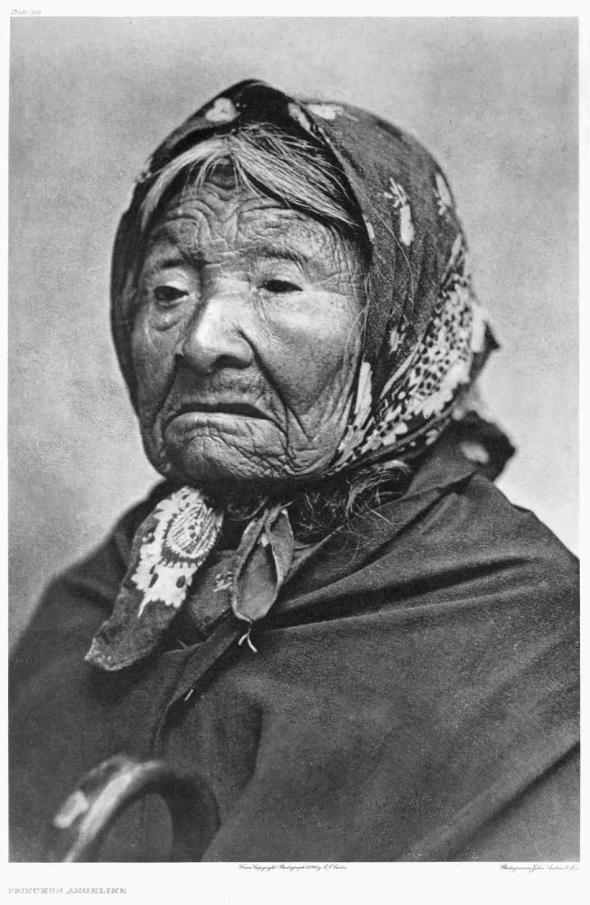
Edward S. Curtis Biography Life of American Photographer
Edward S. Curtis, 1898. Edward Sheriff Curtis was a photographer of the American West, who was most well known for his photographs of Native Americans in the early 20 th century. Born near Whitewater, Wisconsin, on February 16, 1868, to Reverend Johnson Asahel Curtis and Ellen Sheriff Curtis, the family moved to Minnesota around 1874.

FileEdward S. Curtis Collection People 032.jpg Wikipedia, the free encyclopedia
Edward S. Curtis American, 1868 - 1952 Edward Sheriff Curtis, born near White Water, Wisconsin, was a well-established commercial photographer before he undertook his best known work shortly before the turn of the century. Working first as photographer for the Edward H. Harriman expedition in Alaska (1899), he later secured the endorsement of.
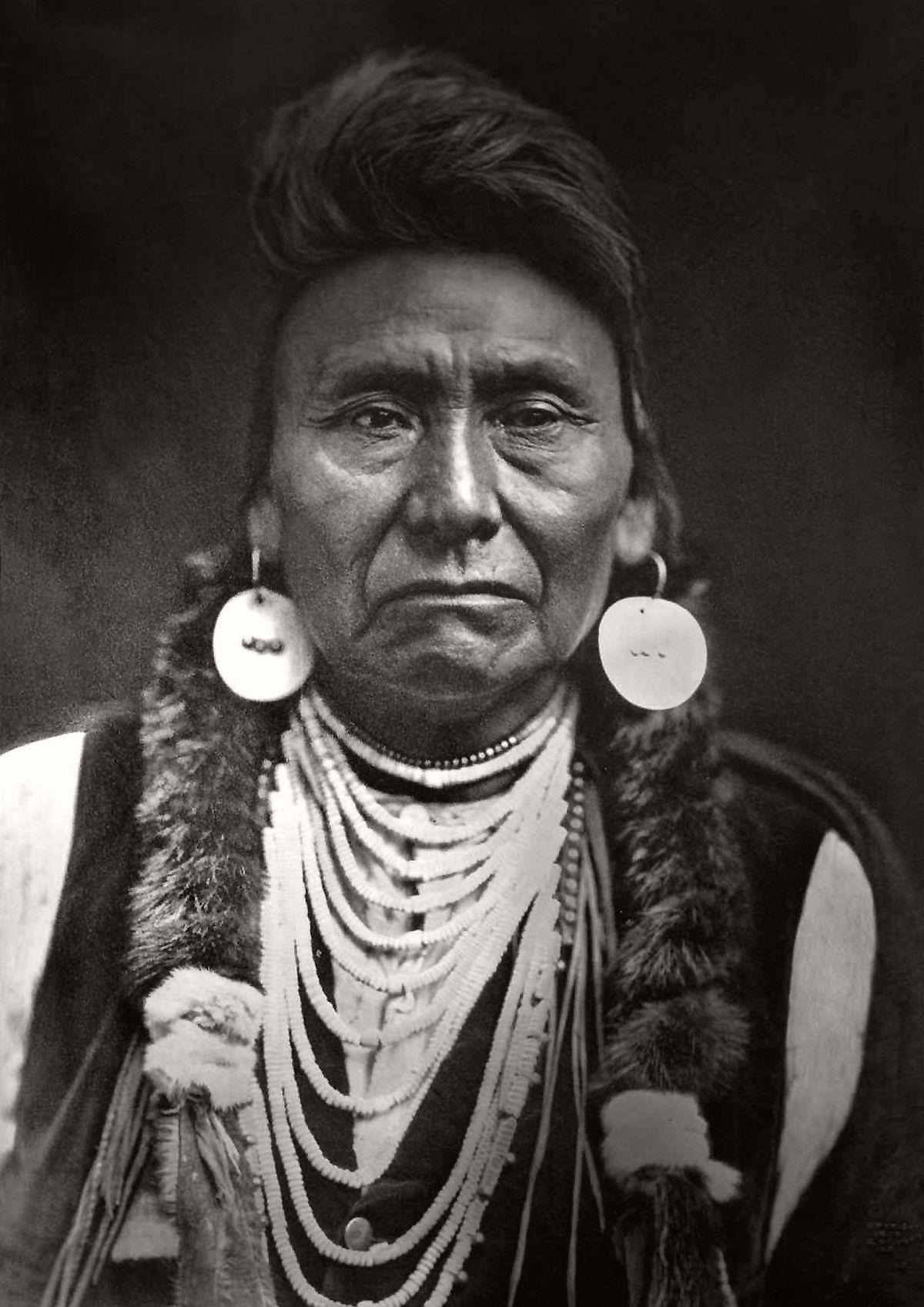
Biography American West photographer Edward S. Curtis MONOVISIONS
Edward Sheriff Curtis (American, 1868-1952) was an ethnologist and photographer of the American West, well known for his images of Native Americans. Born in rural Wisconsin, Curtis built his first camera in 1880, and taught himself photography.

Edward S. Curtis Indians of North America International Photography Magazine
Edward S. Curtis (1868-1952) left an enduring mark on the history of photography in his 20-volume life's work, The North American Indian . Between 1900 and 1930, Curtis traveled across the continent photographing more than seventy Native American tribes.
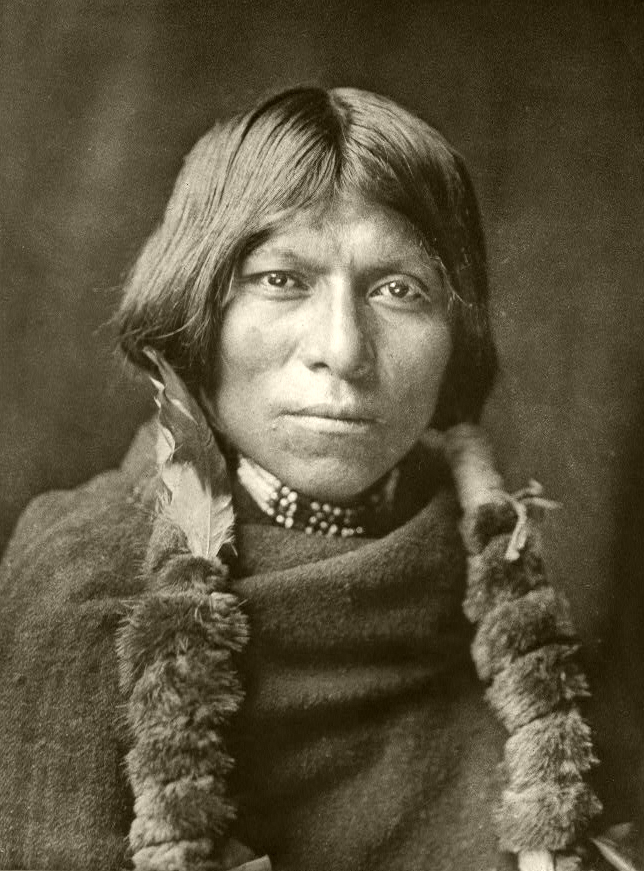
FileEdward S. Curtis Collection People 090.jpg Wikimedia Commons
At the beginning of the 20th century, Edward S. Curtis worked in the belief that he was in a desperate race against time to document, with film, sound and scholarship, the North American Indian.

Edward S. Curtis ND Magazine
The Curtis Legacy Foundation preserves and strengthens awareness of Edward S. Curtis' photography and ethnology while advancing knowledge about the North American Native Peoples he visited. google-site-verification=PDwS4_vHGbbXQGuMGdP_nj1uEnvCxxap0kIZMv1Rzig top of page. ABOUT. BLOG.
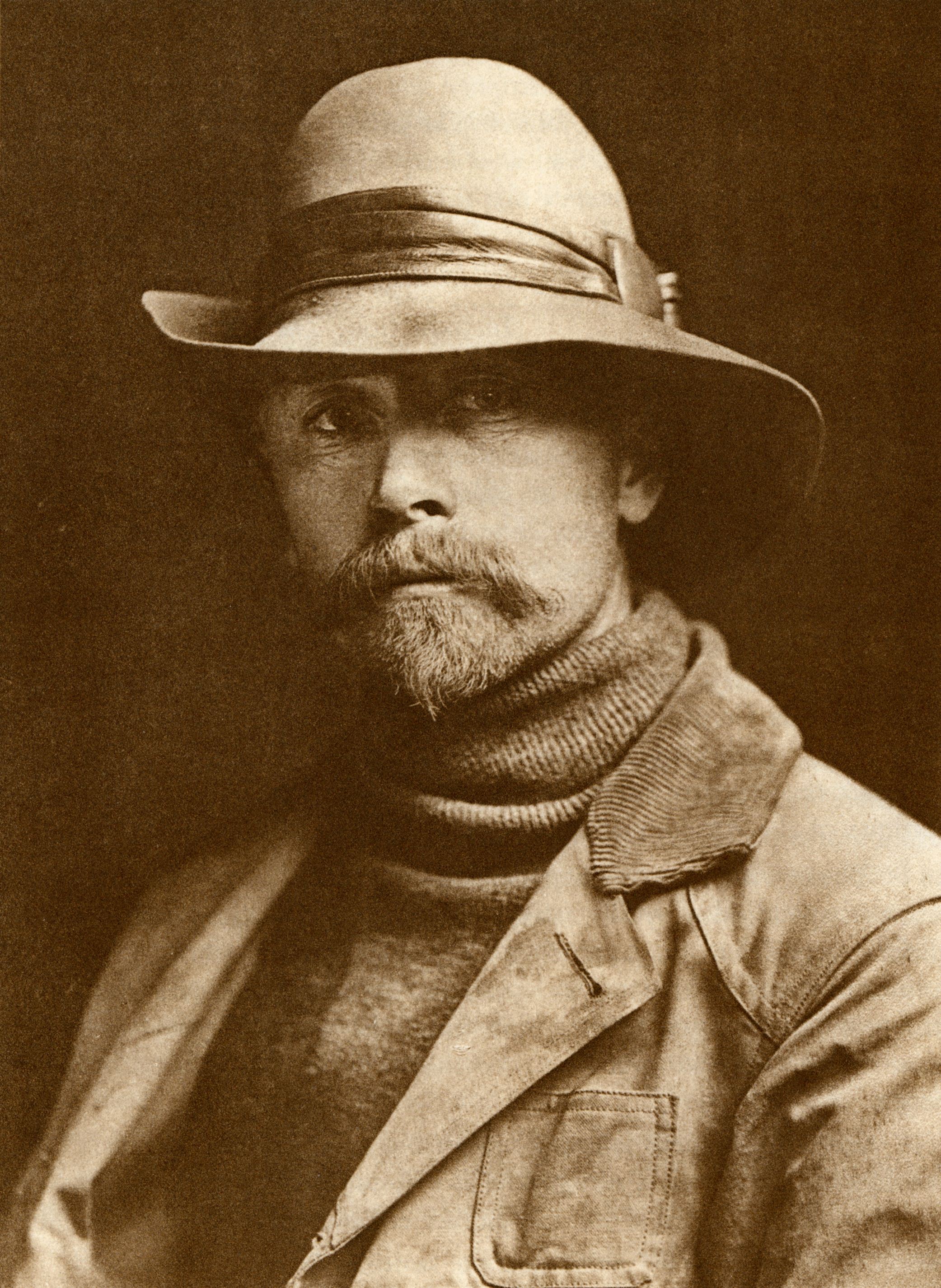
Edward Curtis Indian Photos On Display at Buffalo Bill Center of the West Library
Edward Curtis and "The North American Indian": An Exploration of Truth and Objectivity - Photography Ethics Centre Theodore Roosevelt remarked that Curtis' work was 'has far more than mere accuracy, because it is truthful.' But can truth be beyond accuracy? How far can we trust the objectivity of the photographer?